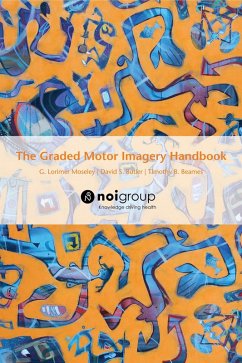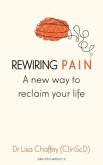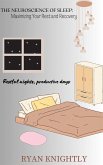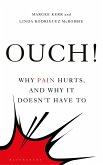A handbook arising from the last two decades of neuroscience, clinical trials and clinical reasoning science is here for both clinicians and pain sufferers.
Can you name any of the naturally occuring pain killers in your brain?
What has the ability to recognise our lefts from our rights got to do with healing? How can a mirror be therapeutic?
What are 'mirror neurones' and how can we use them to treat pain?
Graded Motor Imagery (GMI) offers a novel three stage synaptic exercise process for neuropathic pain involving left/right discrimination, imagined movements and mirror therapy. With patience, persistence and often lots of hard work, GMI gives new hope for treatment outcomes.
David Butler shows how curiosity and learning are critical allies in the search for why you or your patients hurt and he encourages a deep knowledge of the therapy and science behind GMI for the best outcomes.
Lorimer Moseley shares his researcher's inquisitiveness about the science behind GMI and the neuromatrix: the representation of body parts in our brains and how and why these representations may be affected by injury. GMI aims to alter pain 'neurotags' or sensitive networks in the brain. Graded motor imagery is a treatment in its infancy. How do we know if it is appropriate to use? How do we know what's normal?
Tim Beames invites us on a clinical reasoning exploration through patient-therapist narratives, providing invaluable insights into the progression from left/right discrimination, imagined movements to use of mirrors.
Can you name any of the naturally occuring pain killers in your brain?
What has the ability to recognise our lefts from our rights got to do with healing? How can a mirror be therapeutic?
What are 'mirror neurones' and how can we use them to treat pain?
Graded Motor Imagery (GMI) offers a novel three stage synaptic exercise process for neuropathic pain involving left/right discrimination, imagined movements and mirror therapy. With patience, persistence and often lots of hard work, GMI gives new hope for treatment outcomes.
David Butler shows how curiosity and learning are critical allies in the search for why you or your patients hurt and he encourages a deep knowledge of the therapy and science behind GMI for the best outcomes.
Lorimer Moseley shares his researcher's inquisitiveness about the science behind GMI and the neuromatrix: the representation of body parts in our brains and how and why these representations may be affected by injury. GMI aims to alter pain 'neurotags' or sensitive networks in the brain. Graded motor imagery is a treatment in its infancy. How do we know if it is appropriate to use? How do we know what's normal?
Tim Beames invites us on a clinical reasoning exploration through patient-therapist narratives, providing invaluable insights into the progression from left/right discrimination, imagined movements to use of mirrors.
Dieser Download kann aus rechtlichen Gründen nur mit Rechnungsadresse in A, B, CY, CZ, D, DK, EW, E, FIN, F, GR, H, IRL, I, LT, L, LR, M, NL, PL, P, R, S, SLO, SK ausgeliefert werden.









